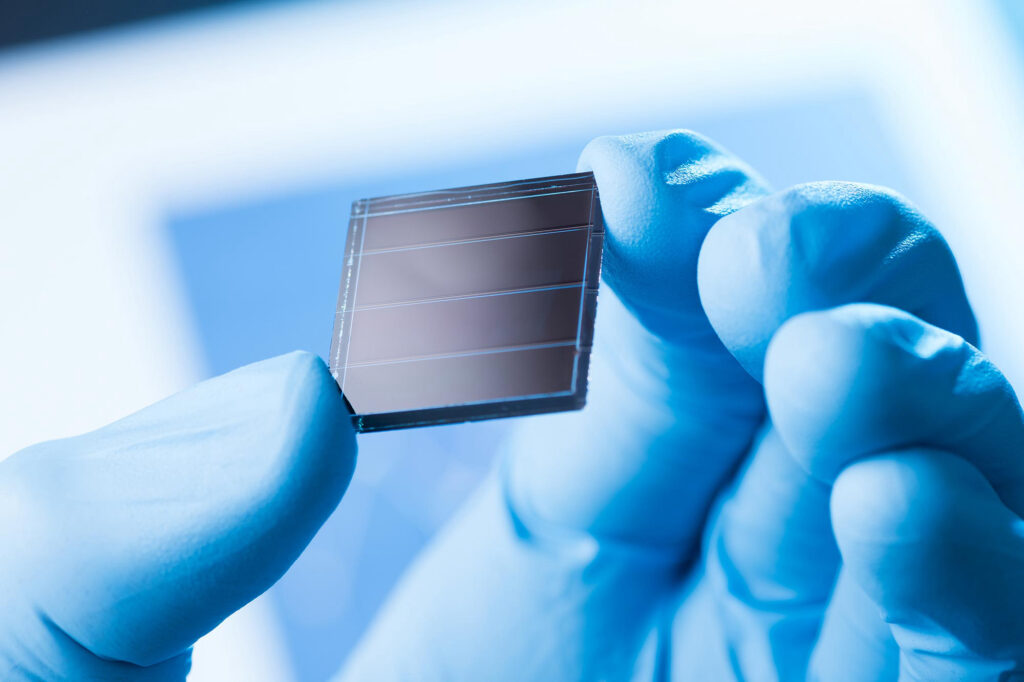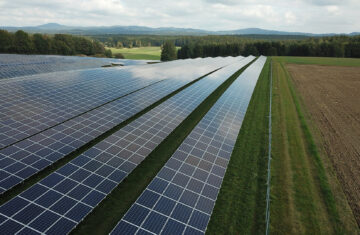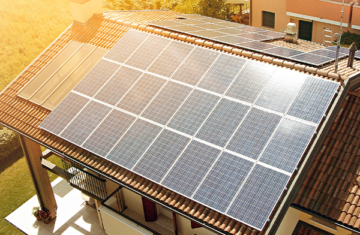Every day, the Earth receives an astonishing amount of solar energy—about 10,000 times more than the total energy needs of the entire world! Despite this abundance, the widespread adoption of solar technology has faced challenges over the years, including issues related to cost, efficiency, and environmental impact.
Solar cell technology has come a long way since its inception six decades ago. Currently, silicon solar cells dominate the market due to their favorable balance of cost and performance. However, new advancements are on the horizon, particularly in organic and perovskite solar cells, which aim to address existing challenges while introducing new ones, such as hazardous materials that complicate disposal.
Recently, a team of Japanese researchers announced a significant breakthrough in organic solar cell technology, achieving an impressive power conversion efficiency of 8.7%. This is more than double the previous record of 4% for all-organic solar cells, marking a major milestone in the field.
The new organic solar cell is made entirely from carbon-based materials, which are environmentally friendly and can be safely incinerated, unlike traditional silicon and perovskite cells that pose disposal challenges. By using transparent, highly conductive organic materials for the cell’s electrodes, the researchers tackled major manufacturing issues that have hindered the performance of organic solar cells.
One of the standout aspects of this innovative solar cell is its ecological safety. The electrodes are made from PEDOT, a conductive polymer that can be manufactured without extreme temperatures or toxic chemicals, making the process environmentally friendly. Additionally, the lightweight and flexible design allows for versatile installation—potential applications include powering farming equipment and wearable devices.
Despite the promising advancements, organic solar cells still face limitations. The power conversion efficiency of 8.7% is lower than silicon cells, which can reach efficiencies of about 27%. However, the researchers are optimistic about further improving this efficiency in future iterations.

To achieve this breakthrough, the research team developed a new lamination process for carbon nanotube electrodes, allowing for the construction of electrodes on barrier films before integrating them into the solar cell. This method helps prevent damage to the delicate underlying layers, ensuring better overall performance.
The implications of this research are significant for the solar industry. As the world moves toward greener energy solutions, innovations like these organic solar cells could play a crucial role in enhancing energy accessibility while minimizing environmental impact. The researchers plan to continue refining their technology to further boost power conversion efficiency, paving the way for a more sustainable energy future.
In conclusion, the development of this high-efficiency organic solar cell represents a promising step forward in solar technology, combining performance with ecological responsibility. As research advances, we may soon see these cells powering a wider range of applications, from homes to portable devices, making solar energy more accessible than ever.



